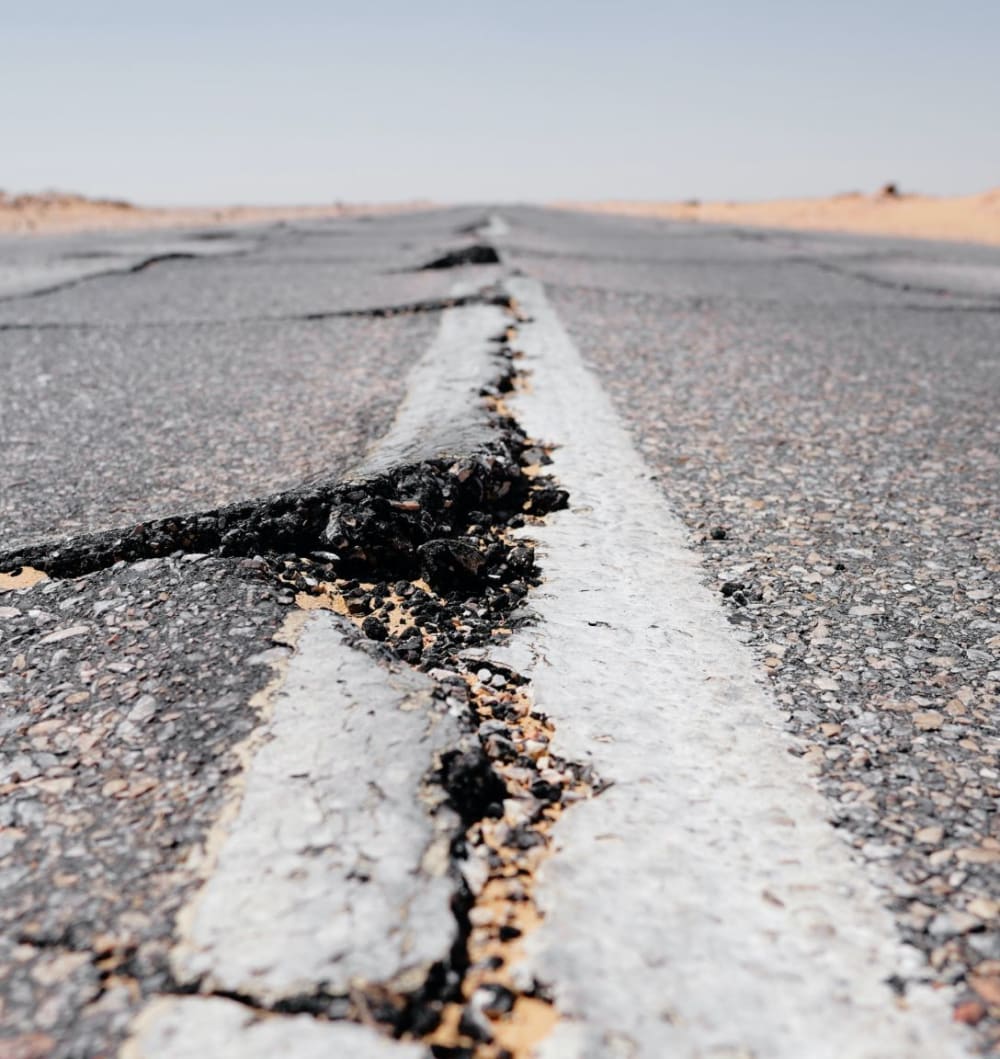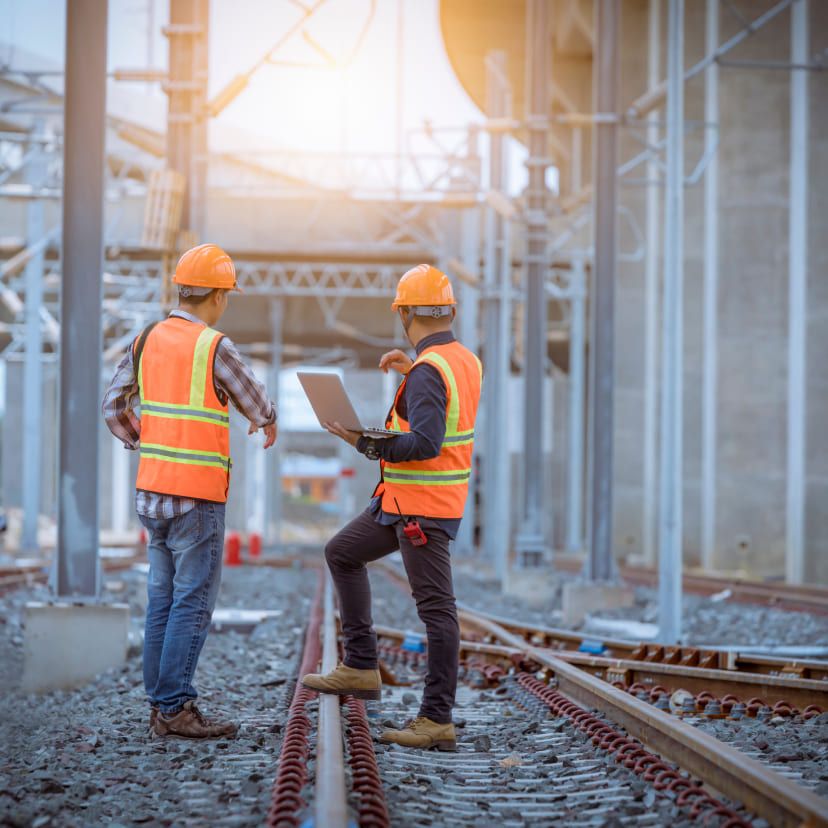Soil Stabilization
Reinforces weak soils beneath tracks and embankments

Rail infrastructure includes tracks, ballast, subgrades, tunnels, bridges, and embankments that support safe and efficient rail transport. These assets experience heavy cyclic loading, vibration, and environmental exposure, requiring strong ground support for long-term reliability.

Trenchless polymer injection restores stability and safety to rail infrastructure without prolonged closures. These solutions reduce maintenance costs, extend service life, and ensure smooth rail operations under heavy and continuous loading.
Restores support and corrects settlement beneath rail lines
Strengthens degraded ballast to maintain track geometry
Stabilizes slopes and prevents erosion beneath rail corridors
Seals leaks and reinforces soils around underground structures
Corrects settlement at approach slabs and transitions to structures
Restores slab and pavement performance in high-traffic rail facilities
Common stabilization and repair methods applied to rail infrastructure include:
Reinforces weak soils beneath tracks and embankments
Corrects displacement in track beds and approaches
Eliminates subsurface cavities beneath tunnels and bridges
Stops infiltration in tunnels and below-grade facilities
Restores slabs in rail yards and terminals
Provides durable support for bridges and heavy structures
1
Rail corridors and structures inspected for settlement, voids, or erosion
2
Injection design and sequencing developed to minimize rail service impacts
3
Small-diameter injection points installed with minimal disruption to tracks
4
Expanding polymers placed to stabilize soils and restore alignment
5
Real-time tracking ensures effective stabilization and settlement control
6
Final inspection confirms restored support and safe rail operations
Have a project in mind or need more details about our services? Connect with our team today to discuss your challenges and learn how URETEK solutions can deliver lasting results.